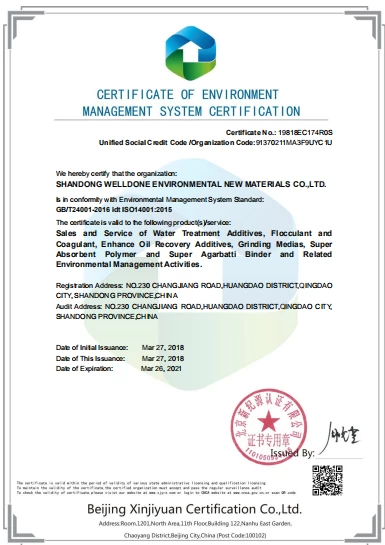Introduction to the Application of Potassium Polyacrylate in Lawn and Turf Transplantation
Potassium polyacrylate is a superabsorbent polymer that has been widely used in agriculture and forestry as a water retention agent. Its unique properties also make it an excellent material for use in lawn and turf transplantation, where maintaining adequate soil moisture levels is crucial for successful establishment.
Application in Lawn and Turf Transplantation
Potassium polyacrylate can be applied during lawn and turf transplantation to improve soil moisture retention and promote root development. When mixed with soil, it helps to maintain adequate moisture levels around the root system, reducing transplant shock and improving survival rates.
In addition to its benefits during transplantation, potassium polyacrylate can also be used as a top dressing for existing lawns and sports turf. By mixing it with sand or other soil amendments, it improves water-holding capacity and reduces water loss due to evaporation, leading to healthier and more sustainable turfgrass.
Furthermore, when applied in high-traffic areas, potassium polyacrylate can help to reduce soil compaction and improve drainage, leading to better playing conditions and reduced risk of injury.
Conclusion
Overall, the application of potassium polyacrylate in lawn and turf transplantation offers significant benefits in terms of establishing healthy and sustainable grassland ecosystems. Its ability to improve soil moisture retention and promote root development makes it an effective tool for reducing transplant shock and improving survival rates. Furthermore, its potential application as a top dressing for existing lawns and sports turf highlights its versatility and importance in maintaining healthy and resilient turfgrass.











